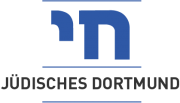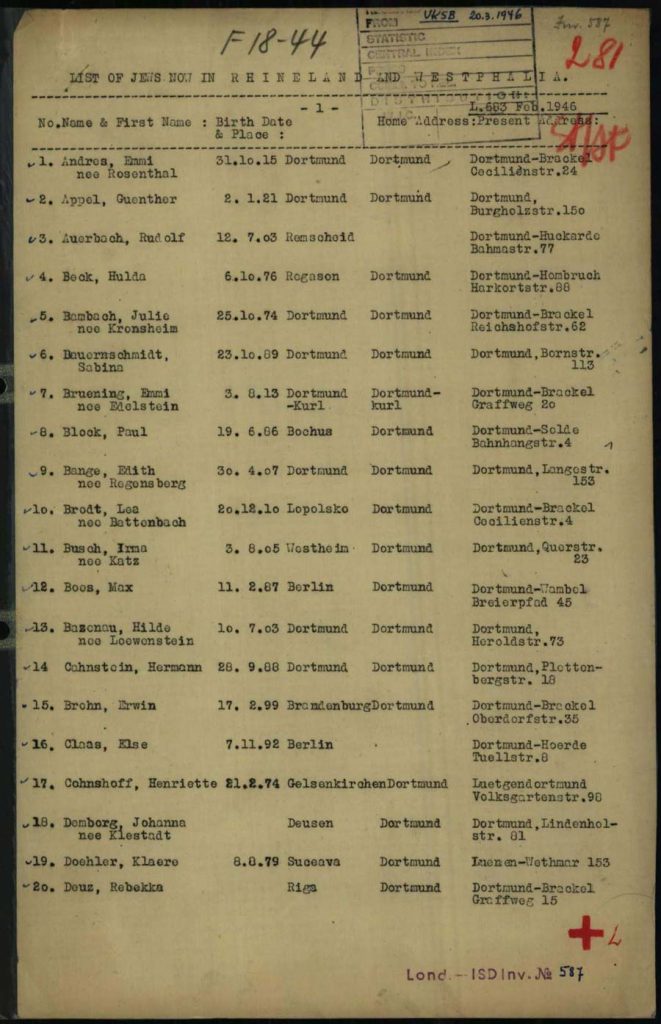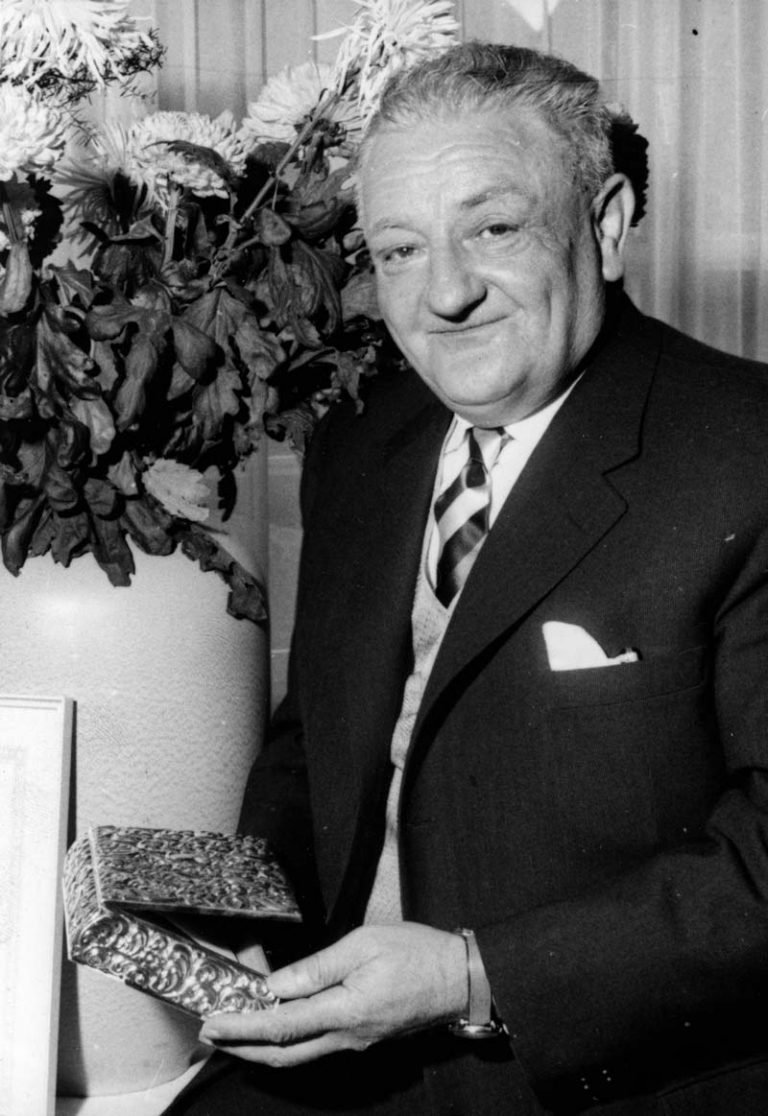Reorganisation of the Jewish community after the Holocaust
The outcome of the 13 years of Nazi rule and the persecution of the Jews was murderous indeed: of the once around 4,500 members of the Dortmund Jewish community, 2,050 Jewish men, women and children had been murdered.
However, the Holocaust did not mean the end of the Jewish community in Dortmund. The first few months after the end of the war saw the return of a small number of survivors who had been liberated from concentration and labour camps, and the reorganisation of the Jewish community already began in summer 1945. Siegfried Heimberg, who had experienced his liberation from the Theresienstadt ghetto, sought out the survivors and organised some initial gatherings in a public house. Once the number of participants had finally risen to about 50, it was possible to elect a new board. The first religious service of the new community was held on Rosh Hashanah, the Jewish New Year festival, in September 1945 in a private house on Westfalendamm.
It then took another year until, in December 1946, in a badly damaged building at Schwanenwall No. 29, a new community centre with prayer room was able to be inaugurated. As Siegfried Heimberg, first leader of the board of the new community, pointed out in his address, of the once large, proud community, only a small remnant of around 150 people had now returned from the camps or from a life in hiding, but despite all the persecution, their inner strength remained unbroken, and this strength had succeeded in building something new out of nothing.



